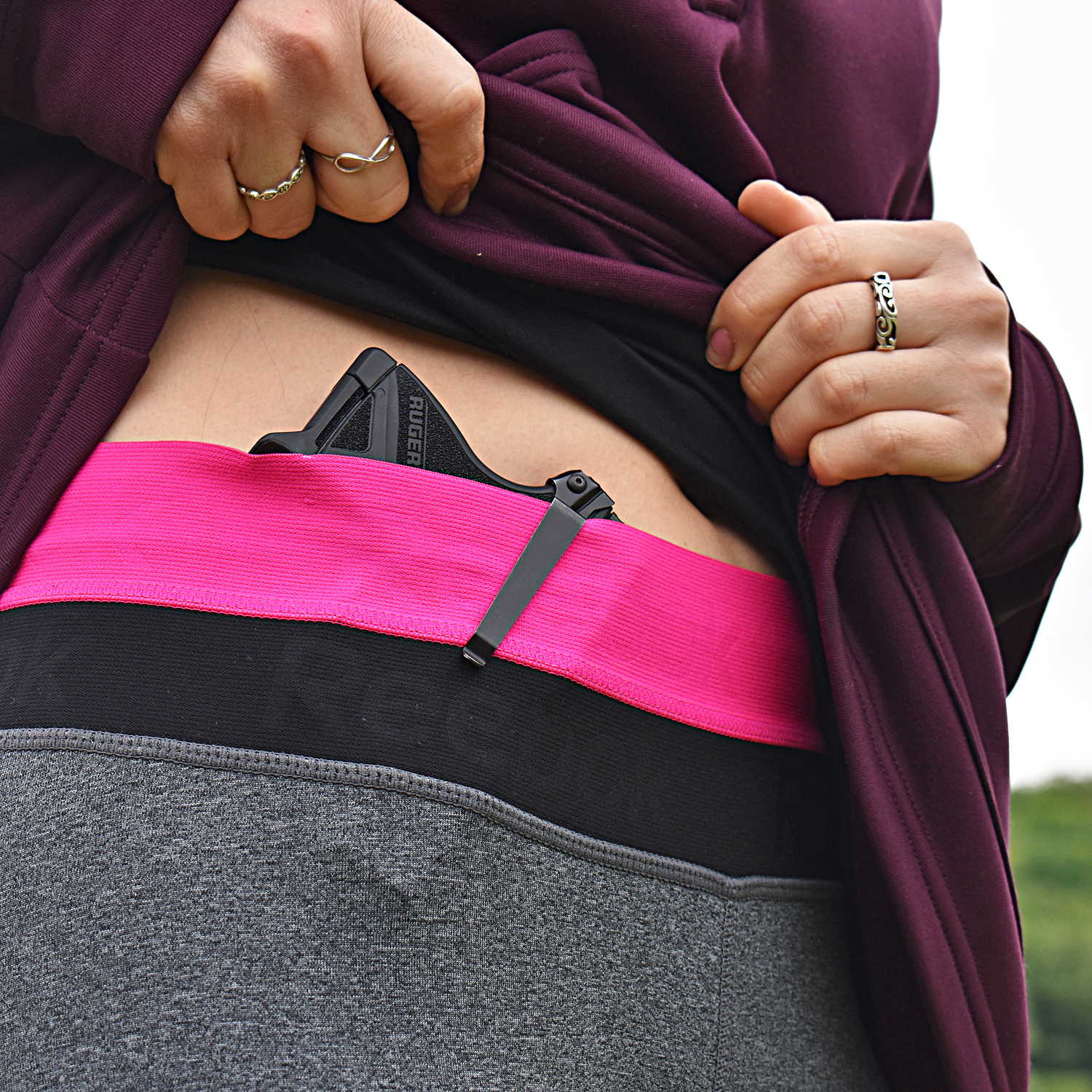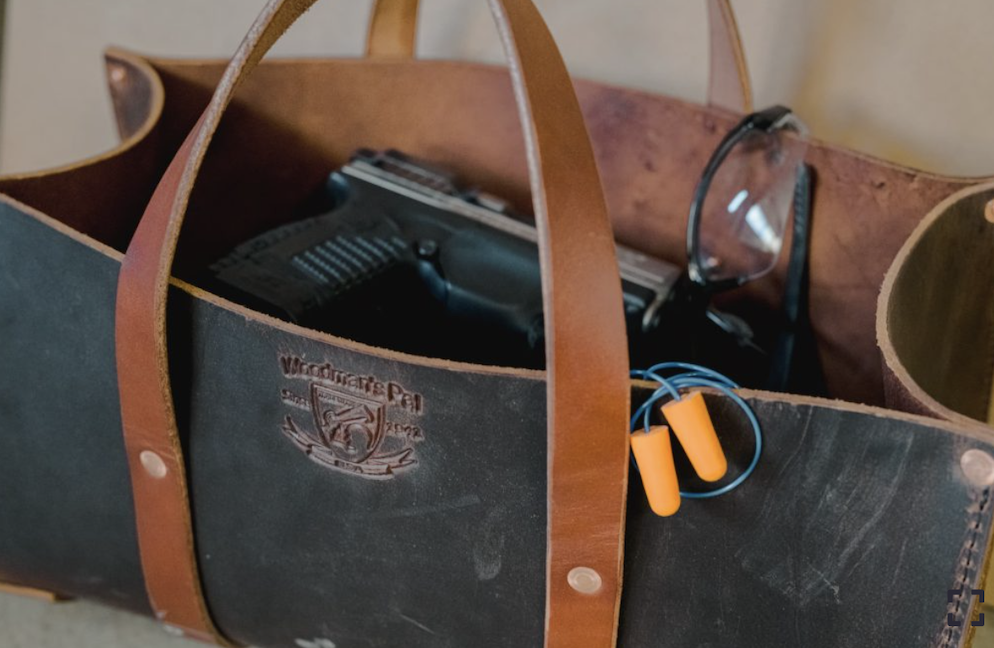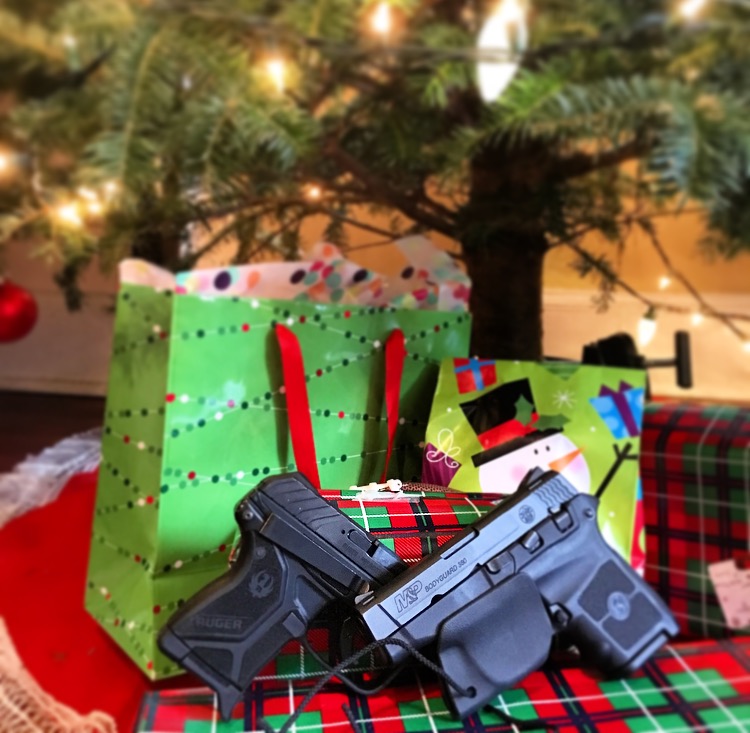What’s the image in your head when you think of a concealed carry gun owner? Likely it’s a guy, maybe wearing a jacket over his waistband holster or with his sidearm tucked into an appendix carry position.
Would it shock you to know that you should start altering that assumption? What if we told you that instead of a man with his weapon tucked inside his belt you should be thinking of a woman with her gun in her purse or in a thigh holster under a skirt?
According to a 2018 report from the Crime Research Center, one of the fastest growing demographic segments applying for concealed carry permits is women. In fact, the number of women with permits grew 111% faster for women between 2012 and 2018.
The truth is, that shouldn’t be surprising. As the Pew Research Center found, women are more likely to cite protection as their reason for owning a gun, rather than recreation as many men do. It’s a natural extension, then, to go for a concealed carry permit when your intent is to have a means of defending yourself.
One of the biggest challenges women face, however, is how to carry their weapon. Women obviously have different needs and opportunities to obfuscate their side arm. But do they need a specialized means to carry concealed?
Grab a Purse
When you first think about a woman carrying her weapon so that no one knows she has it, there seems to be an obvious answer – stick it in your purse!
The reality, however, that’s one of the most inconvenient places to keep your sidearm. First, can you imagine rooting around in your purse to find your weapon in an active shooter situation? Even with a purse especially designed to hold your weapon at the ready, it’s still less convenient, and therefore slower, to have to retrieve it from a bag slung over your shoulder.
But there is a more important safety issue here as well. If you place your weapon in your purse, you must have complete control of that bag at all times. You can’t hang it from the back of your chair at the bar. You can’t leave it on a table near the door when visiting family. You must carry it in a way that prevents it from being snatched on the street. From a safety perspective, a purse is one of the worst places to keep your weapon.
Belly Bands and Thigh Holsters
The industry has tried to come to a woman’s rescue when it comes to ways to carry. Both belly bands and thigh holsters try to make it easier to keep your weapon close while wearing form fitting clothing or a skirt or dress.
Unfortunately, many women experience issues with the softer material used for things like belly bands, which some manufacturers try to make from more feminine materials like stretchy lace. As for thigh holsters, these quickly become more of an issue than the problem they solve. As any woman who has ever worn stockings can tell you, you really need something to help keep it in place. Putting a heavy weapon into a thigh holster is just asking for it to slide down to your knees.
What’s the most important thing to consider with belly bands and thigh holsters, however, is access. Since most women say they carry for protection, having quick and easy access is crucial. Lifting your shirt up to your chest or reaching down your blouse isn’t conducive to a rapid draw. A thigh holster is more convenient, but safety and access would suggest a carry on the inside of the thigh which many women’s anatomy just won’t allow for.
Traditional Waist Carry
Concealed carry may just be one of those areas where women and men are best using the same solution. But again, women’s clothing tends to be form fitting, and the waist of a skirt is unlikely to hide, or even hold up, a bulky inside of the waist holster.
Instead, women should consider a lighter weight holster alternative, like the Clipdraw clip holster. It keeps your weapon close at hand, easily attaches to a garment’s waistband (no belt needed!), and is low profile. It’s the perfect solution for both men and women looking for a lightweight and slim solution for concealing their weapon on a daily basis.



